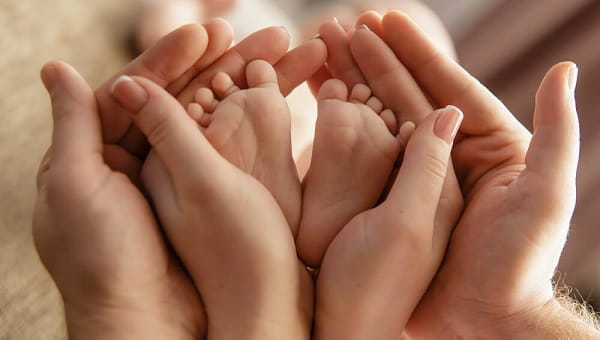Most of us know about the Centers for Disease Control and Prevention (CDC) recommendation that everyone wear a cloth face covering when going out in public. And most of us know why: it’s an effective way to reduce the risk of spreading our germs to other people during these times of COVID-19. But, what many of us don’t know is how to properly put on, wear and take off those masks. Here are some pointers.
Make sure your mask covers all the bases. It should:
- Cover both your nose and your mouth
- Fit snugly without any gaps
- Secure with either ear loops or ties
- Be made of more than one layer of fabric
- Allow you to breathe comfortably
1. Wash your hands.
You should always wash your hands before touching your face or your clean mask.
2. Don’t touch your mask while wearing it.
While you’re out and about, don’t touch your mask (which could have virus particles on it), and don’t touch your face around your mask. If you do have to adjust your mask, either wash or sanitize your hands immediately afterward.
3. Replace your mask if it gets damp.
If you’re coughing or sneezing, or have a runny nose, your mask will probably get a little damp. If so, replace it with a fresh one.
4. Take off your mask the right way.
This is the time when many people make the mistake of contaminating themselves with germs that their mask may have picked up. When removing your mask:
- Don’t touch your face
- Do take off your mask from behind or by the straps (don’t touch the front/outside of the mask)
- Do throw away disposable masks immediately, or drop reusable masks right into the laundry hamper
5. Wash your hands. Again.
Yes, even if you’re sure you didn’t touch the outside of your mask. Just wash them.




